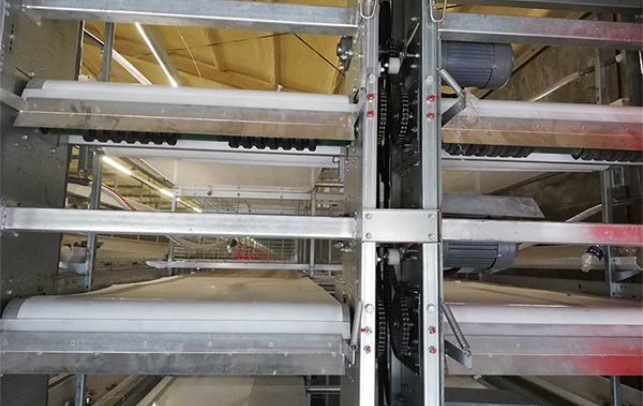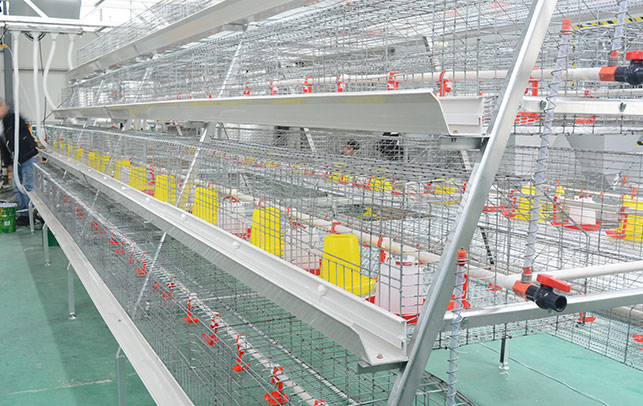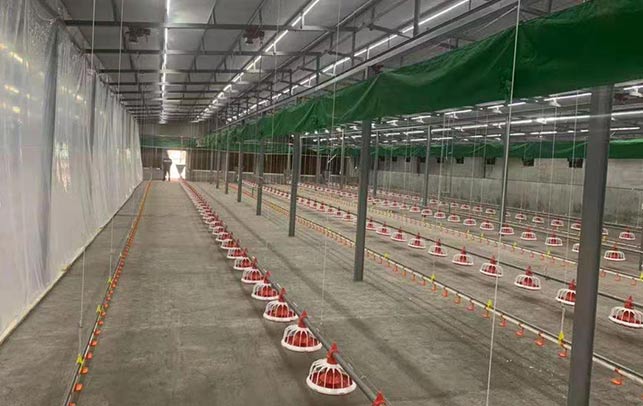How to Build a Chicken Farm in Uganda for 30,000 Birds
Time : 2025-03-27
Are you looking to build a chicken farm in Uganda to house 30,000 birds? Well, you’re in the right place! Starting a large-scale poultry operation is no small feat, but with careful planning and the right approach, it can be a profitable venture. In this guide, we’ll cover everything you need to know to build a successful chicken farm in Uganda, specifically designed for 30,000 birds.
1. Market Research and Business Plan
Before you even think about building your chicken farm, you need to do your homework. Conduct thorough market research to understand the demand for chicken in Uganda and identify potential buyers or clients. Once you have a clear understanding of the market, draft a comprehensive business plan that outlines your goals, budget, and timelines.
Here are some key points to include in your business plan:
- Market analysis: Determine the current supply and demand for chicken in Uganda, as well as the competition.
- Financial projections: Estimate your startup costs, ongoing expenses, and expected revenue.
- Marketing strategy: Develop a plan to reach potential buyers and clients.
- Operation plan: Outline the day-to-day operations of your chicken farm, including biosecurity, feeding, and health management.
2. Selecting the Right Location
Choosing the right location for your chicken farm is crucial. Here are some factors to consider:
- Proximity to markets: Opt for a location that’s close to major cities or towns with a high demand for chicken.
- Water source: Ensure the farm has access to a reliable water supply for both the birds and irrigation purposes.
- Land size: Your farm should be large enough to accommodate the 30,000 birds and any additional infrastructure needed for operation.
- Transportation access: Consider the availability of roads or transport options for delivering feed and products to and from the farm.
- Security: Ensure the farm is in a safe area, minimizing the risk of theft and vandalism.
3. Infrastructure and Construction
When building your chicken farm, you need to consider the following infrastructure and construction aspects:
- Barns and sheds: Construct well-ventilated and predator-proof barns or sheds to house your birds. Ensure there’s enough space for growth and expansion.
- Water systems: Install reliable water systems for drinking and irrigation. Regular water quality testing is essential to maintain bird health.
- Electricity supply: Secure a reliable power source for lighting, heating, and cooling (if necessary). Backup generators are also a good idea to avoid disruptions.
- Feeding system: Invest in an efficient feeding system to ensure birds receive adequate nutrition and reduce feed waste.
- Manure management: Implement a system to manage and compost manure effectively to avoid odor issues and improve soil fertility.
4. Biosecurity and Health Management
Biosecurity is paramount in poultry farming, especially when dealing with large numbers of birds. Implement the following measures to ensure the health and productivity of your chickens:
- Sanitation: Keep the farm clean and free of pests and pathogens. Disinfect all equipment and facilities regularly.
- Health management: Develop a vaccination schedule and treatment protocols to prevent and control diseases. Regularly monitor the birds’ health and seek veterinary advice when needed.
- Staff training: Train your staff on biosecurity best practices and the importance of maintaining a healthy environment for the birds.
5. Feed and Nutrition
The quality of the feed and nutrition you provide to your chickens plays a vital role in their growth and productivity. Consider the following aspects:
- Local ingredients: Opt for local, affordable, and nutritious feed ingredients to reduce costs and support local agriculture.
- Nutritional balance: Ensure your feed meets the birds’ nutritional requirements throughout their lifecycle. Work with a nutritionist to create a balanced diet.
- Storage: Store feed in a cool, dry, and rodent-proof area to prevent spoilage and maintain quality.
6. Marketing and Salesd
Develop a solid marketing and sales strategy to promote your chicken farm and reach your target market. Consider the following approaches:
- Direct sales: Distribute your chickens directly to markets, restaurants, or wholesalers.
- Value-added products: Offer value-added products such as chicken eggs, processed meat, or organic products to differentiate yourself from competitors.
- Online presence: Create a website and utilize social media to showcase your products and engage with potential customers.
- Networking: Build relationships with other businesses, such as feed suppliers, veterinarians, and industry associations, to expand your network and opportunities.
7. Continuous Improvement
The poultry industry is constantly evolving, so it’s crucial to stay informed and adapt to new technologies and best practices. Attend workshops, webinars, and conferences to learn about the latest trends and innovations in poultry farming. Continuously improve your operations, seek feedback from customers, and be open to new ideas to keep your chicken farm competitive and profitable.
Conclusion
Building a chicken farm for 30,000 birds in Uganda is a significant investment that requires careful planning and dedication. By conducting thorough market research, selecting the right location, and focusing on biosecurity, health management, feed, and marketing, you can increase your chances of success. Stay informed, adapt to changes, and always strive for excellence to create a thriving poultry business.











